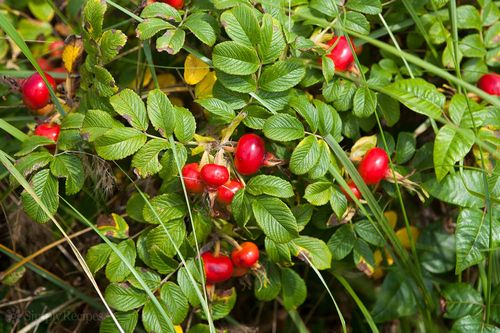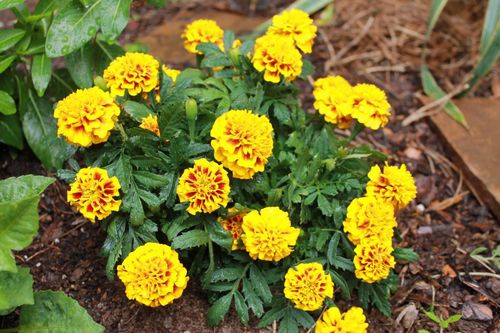Rose Hips – Easy Plants to Grow

The rose hip or rose haw, also known as rose hip, is a perennial ornament fruit of the Rose bush plant. It ranges from purple-red to yellowish orange but varies from light yellow to purplish black in certain species. Rose hips begin to grow in early spring or late summer, and begin to form at the base of the flowers or as small buds on bushes or trees. After successful pollination by floras, rose hips then begin to bloom in early autumn or late winter.
The name “rose hip” comes from the resemblance that the plant has to the shape of a rose. In fact, it is a very close resemblance – a rose, really. It has a large bulbous central stem, narrow leaves (about two inches long), a berry that grows up to six feet tall and a cluster of flower stalks that reach to an estimated height of nearly a foot. It is an excellent source of seeds for growing flowers and plants, but the berries are not edible.
Roses have many varieties, so there are plenty of ways to use the leaves of roses and berries, in addition to flowers and plants. Most roses, both true and hybrid, are used to grow garden roses, which make excellent specimens and are wonderful additions to bouquets. The flowering rose is a common choice for any garden. It is a very healthy choice and requires minimal attention. This type of rose produces blooms all year round, which can be beautiful.
Other varieties of roses used in gardening include the lilac rose, which flowers all throughout the year, as do the white rose and the tangerine rise. They are also excellent and will survive with minimal maintenance. The Japanese cherry rose is a popular choice among hobby gardeners, as is the purple rose.
As with most rose varieties, the fruit is a very healthy choice for cooking. It can be eaten raw, or added to dishes like pasta or salad dressings. The fruit itself has a tart taste and can be used as a garnish on other items of food. As long as it is picked before it is ripe, it will keep its healthful flavor.
The stems and foliage of rose hips are a great way to enhance a garden, and the leaves of rose hawks are often used in containers around the yard as an accent. or border. It’s easy to train the plants to any place, and they are easy to take care for. They grow very well in the home and don’t require much maintenance.
Roses can be started in pots to be planted anywhere.

They are easy to root and to maintain and grow well even in a small space.
Keep in mind, however, that new plants require more care and water than plants you plant outside because they do not have the protection from cold in the soil that you have at home. It will take quite a bit more time to break them down when first started, especially if you have not established them properly. This is why you want to plant them about three times a year, as opposed to once a year. If you choose a rose, for example, in spring, you should wait until the weather has warmed up and the ground has cooled down to the proper temperature.
Most plants will start to show their best features after the first year, but some will continue to grow until the third year. If you do your best to keep them watered and fertilized throughout the growing season, they will continue to grow and flower for many years to come. If you plan on planting roses, however, you may want to get them out on a regular basis so that you can water them more often, and give them the care that is necessary to keep them looking their best.
Rose hips are fairly easy to grow, as long as you follow the guidelines for caring for them. and make sure that the soil is moist and firm.
Roses are hardy plants, although they are sensitive to the climate that they live in, and can be affected by excessive heat or cold. When the temperature is warm, rose hips can produce some of the best flowers and blooms. If you live in a climate where it is cooler in the spring and summer, you’ll have better luck getting your rose hip plants to bloom, but if you do plan on planting them in those areas, you’ll need to keep the soil cool during the colder seasons.
